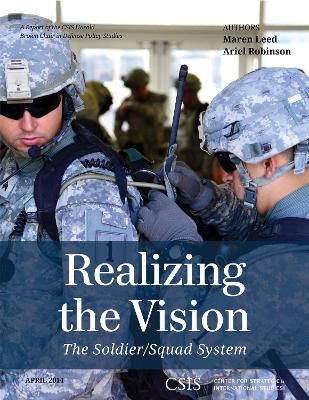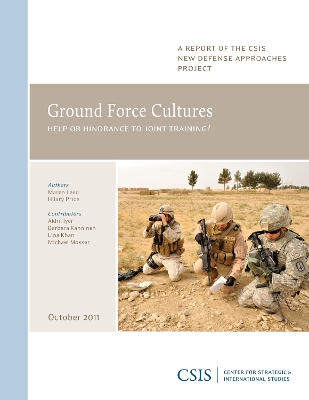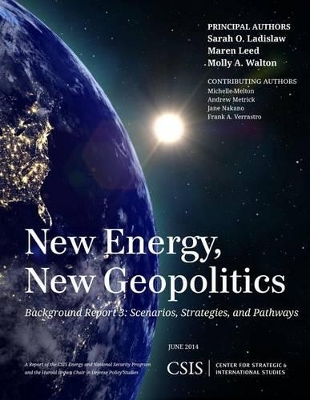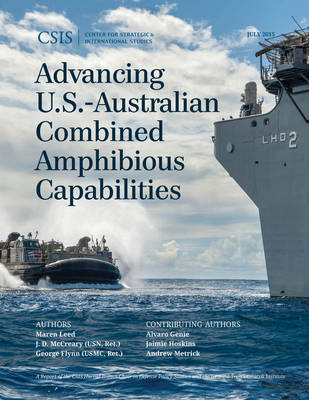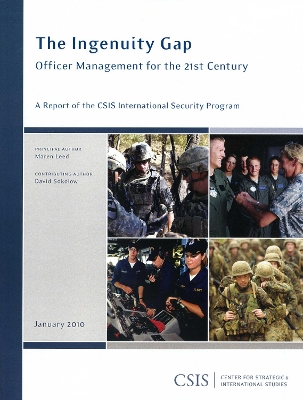CSIS Reports
7 total works
In this report, the CSIS Harold Brown Chair in Defense Policy Studies analyzes the types of capabilities necessary across the range of military operations, and compares that with the characteristics of amphibious ships, as well as those in the Combat Logistics Fleet, Maritime Prepositioning Force, and others. Resulting shortfalls in key capability areas suggest some degree of risk. The study then describes how amenable those risks may be to mitigation and some of the associated implications. This report provides a framework for policymakers to understand those areas in which alternative platforms might be most useful, where risks associated with their employment are most significant, and how readily broadening platforms beyond the uses for which they were designed might be accomplished.
The U.S. Army is facing a time of great change. The security environment is becoming increasingly complex and uncertain, with defense challenges multiplying. At the same time, the Army is adjusting to rapidly diminishing operational demands, falling endstrength, reorganization, and tightening budgets. Given these new realities, the CSIS Harold Brown Chair in Defense Policy Studies examined the current state of the soldier/squad system and how it might be best advanced in the face of constrained budgets. The effort was conducted under the rubric of the Ground Forces Dialogue, a Brown Chair effort aimed at facilitating a broad, sustained, web-based conversation about the future of U.S. ground forces.
Today's complex environments demand that even the junior-most service members adapt to diverse challenges and operational threats without constant direction or direct oversight from commanders. Consistent with this view, the Department of Defense invests in service and joint training programs that enhance adaptiveness and decentralization, thereby enabling subordinates to take rapid action when needed and adapt to a range of disparate threats that may manifest simultaneously on the battlefield. Strategies for how to achieve these ends can vary, but most emphasize culture as an underlying factor that influences whether leaders' desires for greater adaptiveness and decentralization are realized. An organization's culture-the underlying values, norms, and assumptions that guide and are shared by members-can either facilitate or inhibit these desired aims. Consequently, the current characteristics of service culture or sub-cultures are especially important to understand before implementing changes to training programs. This study seeks to better understand these subcultures, namely in the Army and Marine Corps, as they relate to adaptiveness and decentralization.
New Energy, New Geopolitics
by Sarah O Ladislaw, Maren Leed, and Molly A Walton
Published 1 January 2014
This report evaluates the energy and geopolitical shifts that have arisen from the production of shale gas and light tight oil in the United States. It begins by assessing how much the unconventional energy trend has already impacted energy, geopolitics, and national security. The report then posits several possible energy futures that could emerge from the unconventionals revolution. Finally, it offers views on the major geostrategic question: how will the United States seek to utilize this, so far, domestic resource trend, and given the range of potential future energy outcomes, what might the geopolitical and national security implications be.
This report pairs with three background reports, all available from Rowman & Littlefield:
New Energy, New Geopolitics: Background Report 1: Energy Impacts
New Energy, New Geopolitics: Background Report 2: Geopolitical and National Security Impacts
New Energy, New Geopolitics: Background Report 3: Scenarios, Strategies, and Pathways
This report pairs with three background reports, all available from Rowman & Littlefield:
New Energy, New Geopolitics: Background Report 1: Energy Impacts
New Energy, New Geopolitics: Background Report 2: Geopolitical and National Security Impacts
New Energy, New Geopolitics: Background Report 3: Scenarios, Strategies, and Pathways
Advancing U.S.-Australian Combined Amphibious Capabilities
by Maren Leed, J.D. McCreary, and George Flynn
Published 6 August 2015
The study examines the demand for amphibious capabilities in the Indo-Asia-Pacific region and explores the strategic and operational utility of various models for combined U.S. and Australian amphibious forces. The demand for amphibious capabilities reflects the operational and strategic challenges faced by the U.S. Marine Corps and Australian Defense Forces. Both nations have indicated the importance of deepening their strategic partnership, yet there has been a lack of clarity around the desired outcomes for and priority among the variety of cooperative activities.

